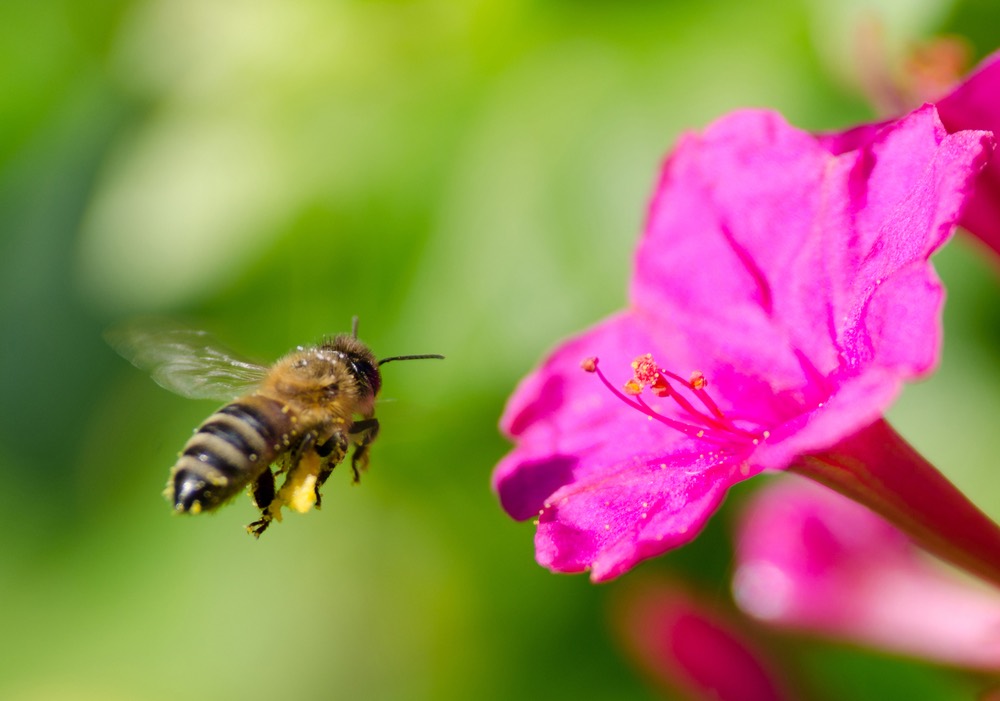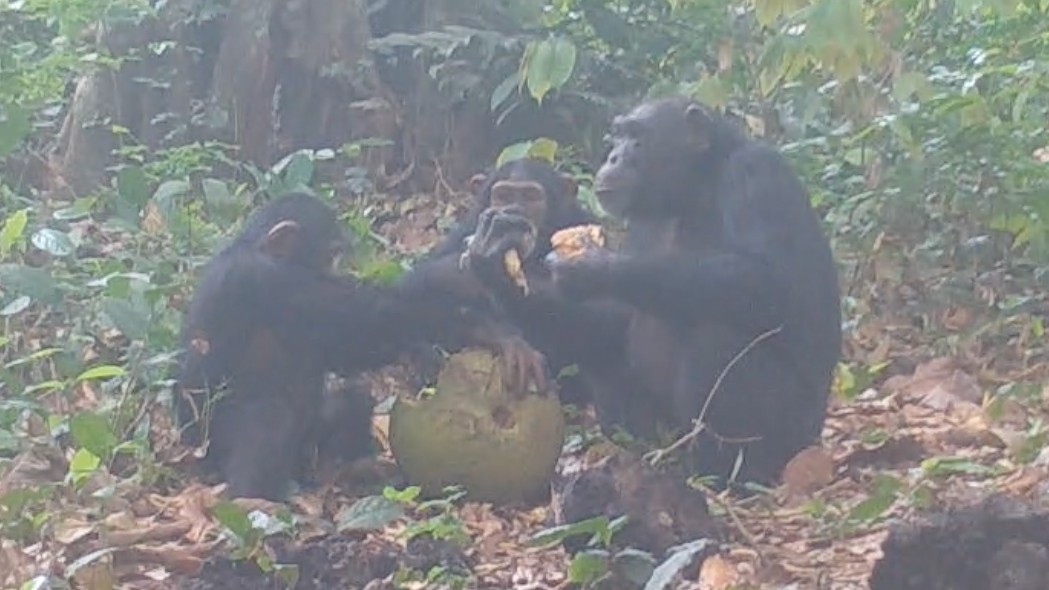Do Honeybees Feel Pain?

Most complex animals feel pain, but what about insects? Does the buzzing fly feel the crunch of a swatter? Does the pesky mosquito recoil in agony when stung by a bug zapper? Do experiments on fruit fly gladiators constitute torture?
Seeing as how research on insect pain is scant, those questions remain unanswered. Seeking to begin to fill the information void, researchers based out of the The Queensland Brain Institute at the University of Queensland in Australia conducted a rather ingenious experiment on honeybees. Their efforts are published in the journal Scientific Reports.
Senior Research Technician Julia Groening and her colleagues Dustin Venini and Mandyam Srinivasan conducted two experiments, with 540 bees in each. In the first, the trio affixed clips to the legs of half the bees, to "create the sensation of a continuous pinch, similar to an attack of a biting predator or competitor." The other bees were left unharmed to serve as controls. Then, across nine different replications, thirty pinched bees and thirty control bees were allowed to free feed in a cage with feeders containing pure sucrose solution and feeders containing sucrose solution with morphine.
The researchers also conducted a second experiment, identical but for one difference: Half of the bees had one middle leg amputated, while the other half was left unharmed.
The researchers hypothesized that if bees feel pain, an injury would prompt them to choose morphine-containing solution over pure sucrose.
Results from the experiments did not support this hypothesis. Clipped bees from the first experiment did not consume more morphine than control bees. In the second experiment, amputated bees did consume more morphine/sucrose solution, but they also consumed more pure sucrose solution. According to the researchers, this indicates that "amputation prompts an immune response, which entails increased energetic demands." In other words, the amputated bees weren't drinking more morphine solution to relieve pain; they were drinking more because their injury was metabolically taxing – they were hungry. (Figure below: Injured and non-injured bees consumed morphine/sucrose and sucrose solutions in the same proportions.)
According to Groening and her co-authors, bees display complex behaviors that showcase advanced learning skills and cognitive abilities, suggesting some level of self-awareness and maybe even a basic form of consciousness. (Scientists recently taught bees to play golf!)
Sign up for the Live Science daily newsletter now
Get the world’s most fascinating discoveries delivered straight to your inbox.
However, based on current scientific evidence, they don't appear capable of experiencing pain.
Source: Groening, J. et al. In search of evidence for the experience of pain in honeybees: A self-administration study. Sci. Rep. 7, 45825; doi: 10.1038/srep45825 (2017).
Original article on RealClearScience.










